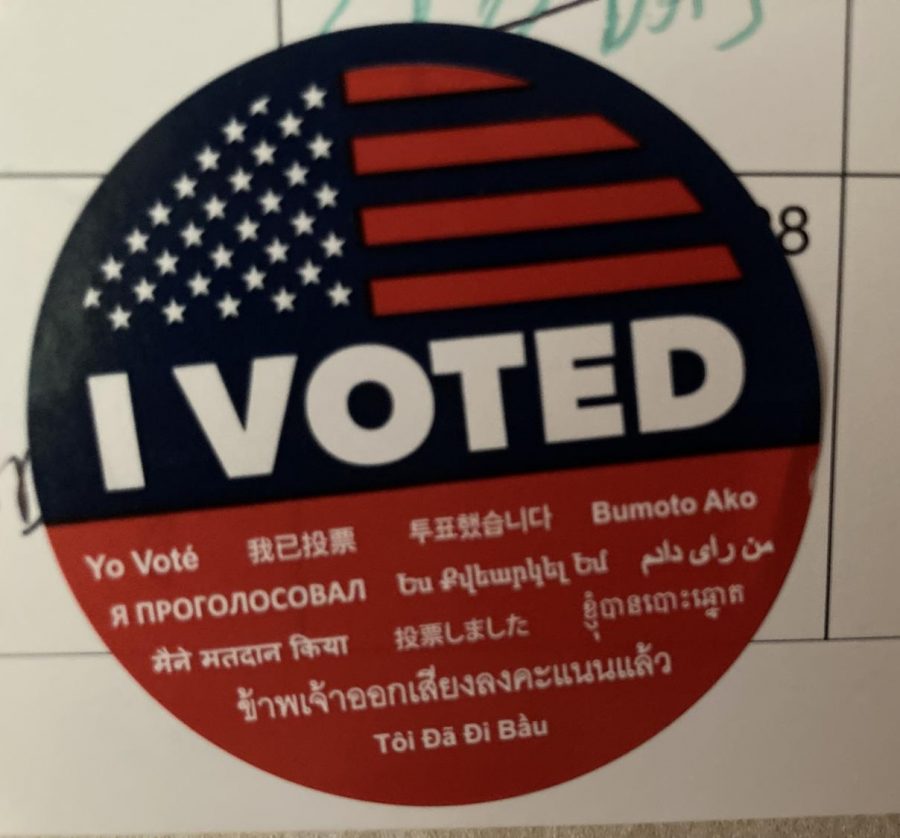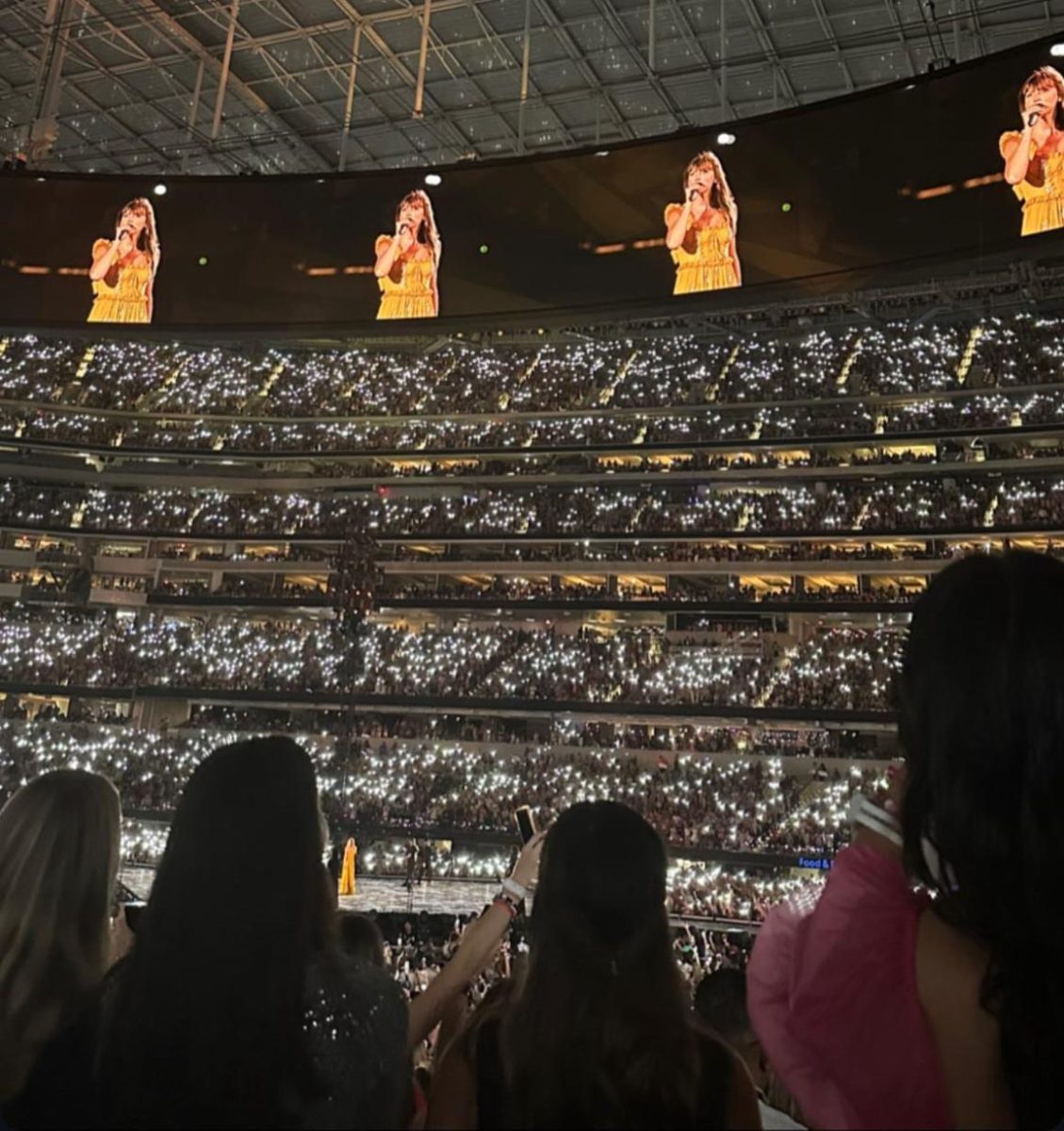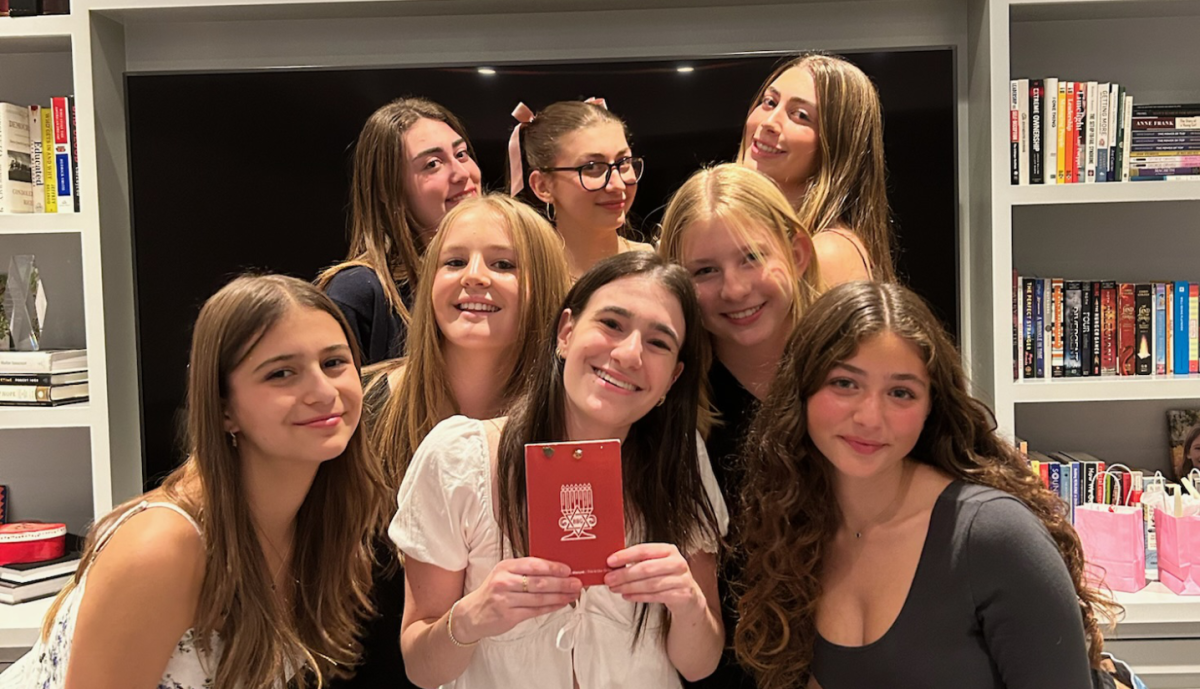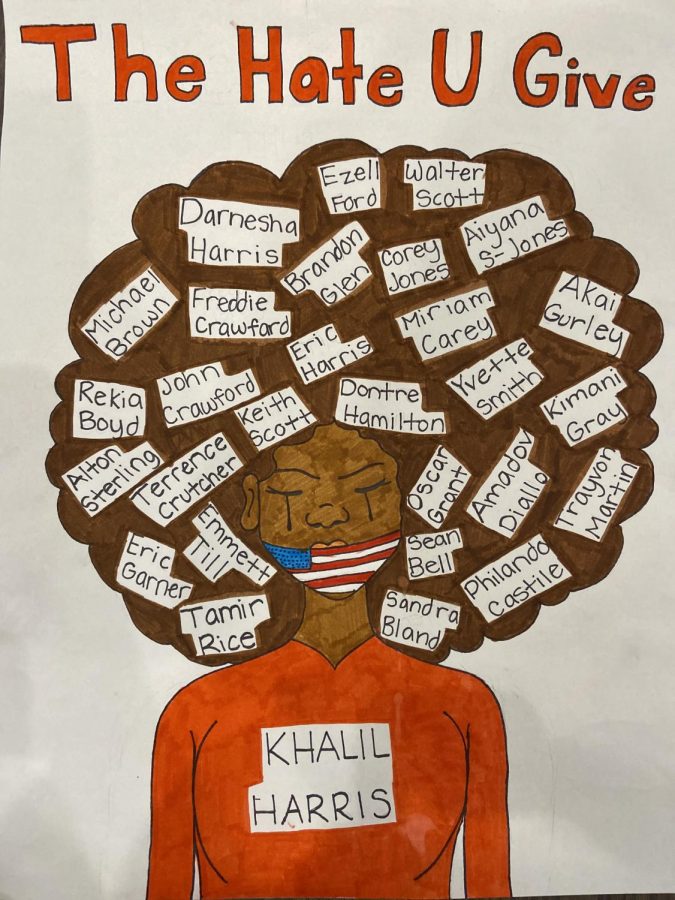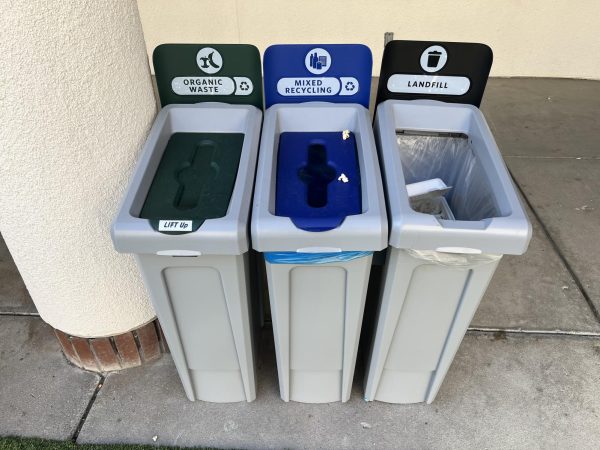Opinion: #OscarSoWhite is Overblown
February 28, 2016
By: Geordan Neinstein
Note: The views and opinions presented in this article are solely those of the author and do not reflect the views and opinions of The Prowler or of de Toledo High School.
Ask anyone what they think about this year’s Oscar nominations, and they’ll say one of two things. Number one, “this is finally going to be Leo’s year,” and number two, “All of the Best Actor and Best Actress nominees are white, why is the academy so racist?” I definitely agree with the first statement – Leonardo DiCaprio is an extremely talented actor who is long overdue for an Academy Award. However, I do not agree with the notion that the Academy is to blame for the race of the nominees in the acting categories, that just happens to be how the votes played out. There was no deliberate scheme to keep nonwhite actors from receiving recognition, and I find it hard to believe that the voters took race into account when voting for the nominations. The fact is, whenever a large quantity of talented performers are competing for only five nominations, there are bound to be some snubs. Look at DiCaprio – he’s on his fifth nomination and hasn’t won a single award, much to the public’s dismay. Now, in response to the backlash from this year’s nominations, the Academy has made some changes to voting rules, and although these new rules may be a much needed refresh to the voting process, they will do nothing to fix the number of African American nominees in the coming years.
The fact that there are many more white nominees than black nominees comes down to the simple fact that there are many more white film roles than there are black film roles. In fact, according to a demographic breakdown published by the Economist, the number of African Americans nominated for Oscars over the years is proportional to the number of African Americans cast in film roles over the years. However, this demographic breakdown does show significant underrepresentation of Latinos and Asians in Hollywood, yet there isn’t a media firestorm over that. And that’s what the OscarSoWhite controversy came out of – a media firestorm overly exaggerated by publications that actively search for scandals to report on.
Although the lack of Black nominees was not the Academy’s fault, the Academy did receive negative press and strong criticism on social media, including a viral graphic created by video producer Andrew Maclean. The bad press forced the Academy to act swiftly, which actually brought some much needed changes to the voting process. On January 21, 2016, the Academy’s Board of Governors unanimously voted to institute new voting regulations that would change a member’s voting status from lifetime to a ten-year period, which would be extended another ten years if the member was active in the motion picture industry. This is a historic action that will bring a new sense of youth to the voting pool, as those members who would not qualify for voting rights under the new rules tend to be those who are older and have not been involved in the industry for quite some time. However, it should be noted that, to honor those members who have served long and notable careers in the industry, the new rules grant lifetime voting rights to those who either held three voting terms or were nominated for or won an Oscar at any point in their career.
These new voting rules do not solve the race problem, because it’s not the Academy’s problem to solve. However, they do change the scope of the Oscar voting pool, removing some of the older voters and ensuring that the votes are reflective of the opinions of those who work in today’s entertainment industry. The race problem is solely reflective of the number of film roles offered to minorities, and it is the filmmakers, the producers, and the studios who must be the ones to fix the problem






